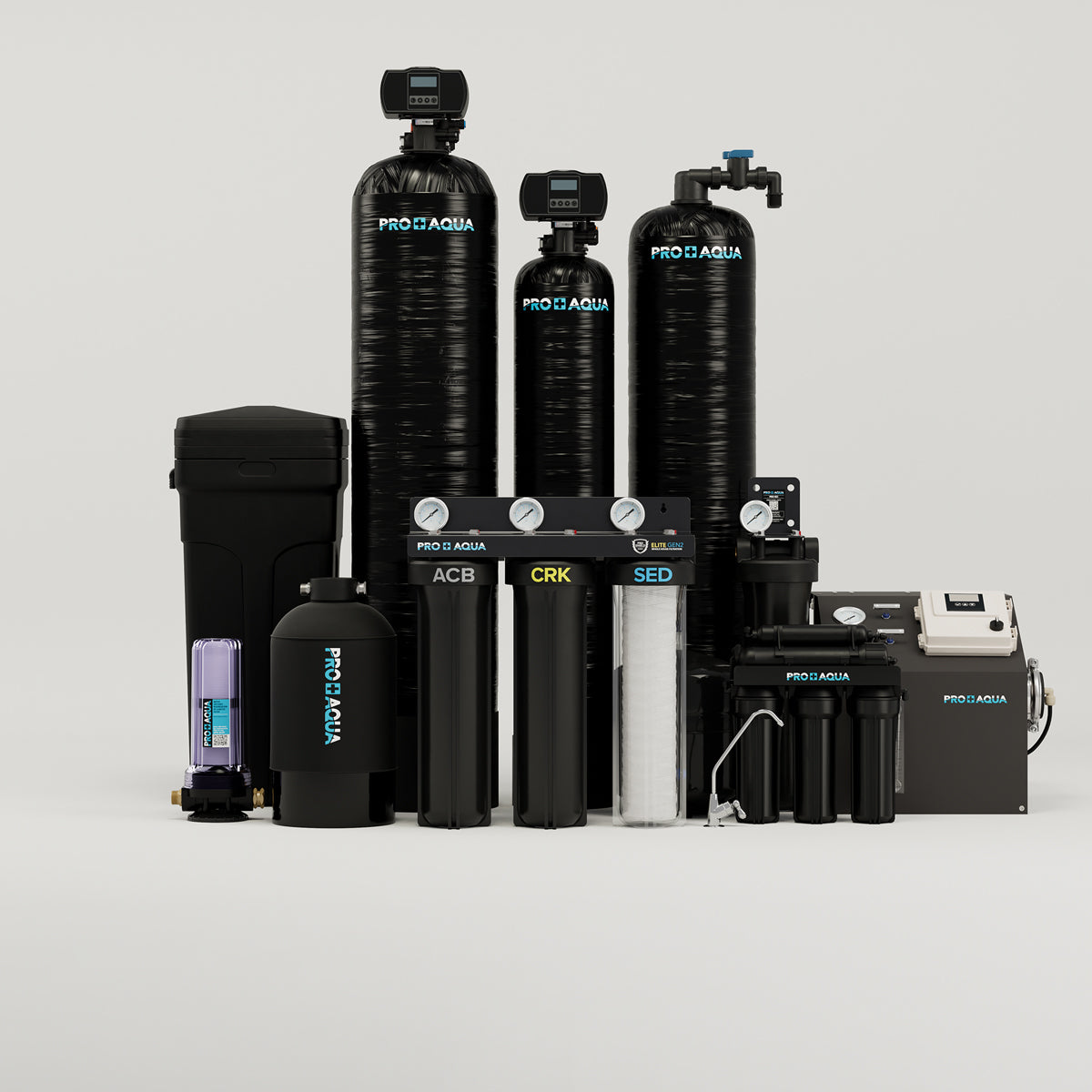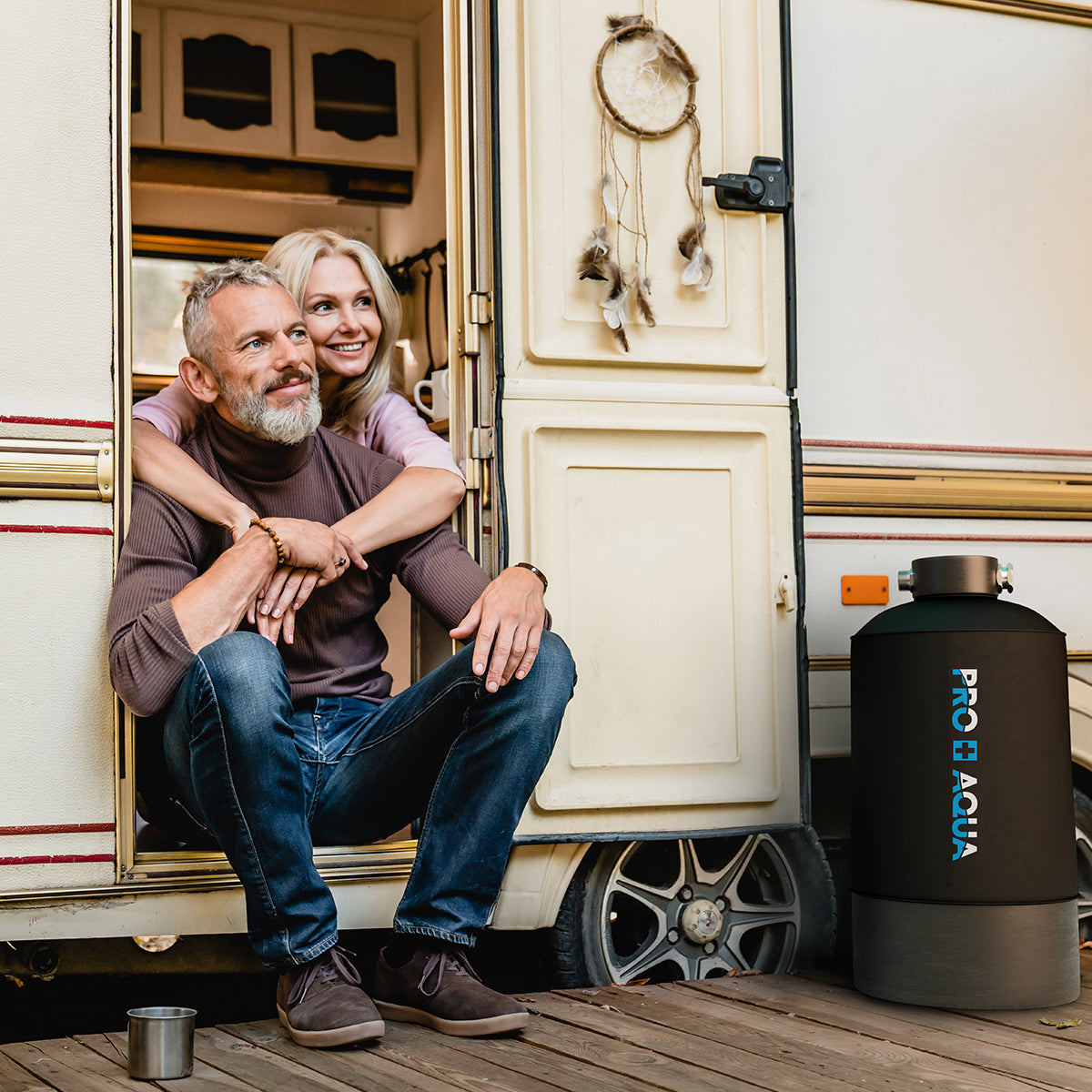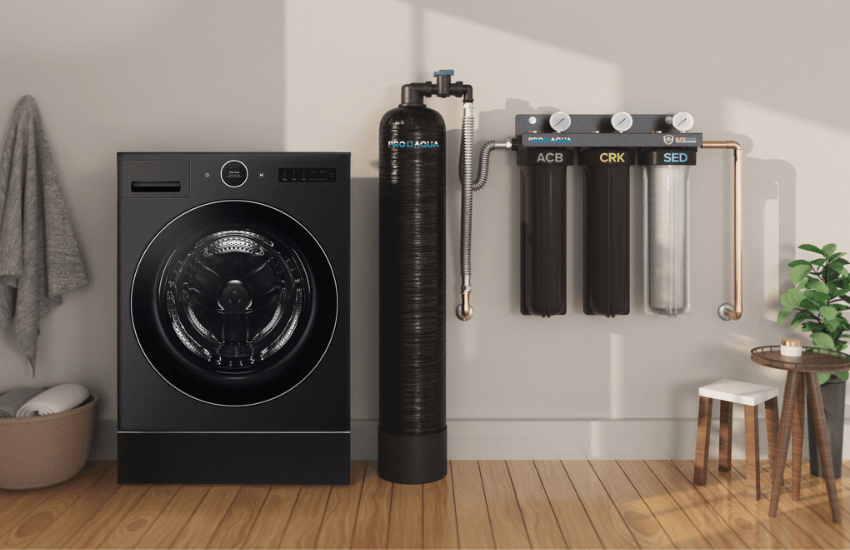Your water softener works hard to keep your water free from excess minerals. But sometimes, you may need to temporarily bypass your softener for maintenance or repairs.
In this guide, you’ll learn exactly how to bypass a water softener and how to safely return your system back to service when you’re done.
What Does “Bypass Water Softener” Mean?
Bypassing your water softener means you’re rerouting your water supply so that water flows directly into your home’s plumbing without passing through the softener system.
Most modern systems have a built-in bypass valve, which makes this process quick and easy.
What happens if I bypass my water softener?
When bypassed, your home will receive untreated “hard” water. This may cause mineral buildup on fixtures and appliances over time, but it’s perfectly safe for short periods.
When Should You Bypass Your Water Softener?
There are several reasons homeowners choose to bypass their water softener:
- Routine Maintenance: When you’re cleaning the brine tank, changing filters, or sanitizing the system.
- Repairs: While waiting for a replacement part or professional service.
- Vacation: To conserve water and salt while you’re away.
- Troubleshooting: If you think your softener is causing low water pressure.
When it comes to repairs, it’s a good idea to bypass the softener to prevent further damage and ensure you still have water in the house.
How To Locate The Bypass Valve
Most water softeners have a bypass valve located behind or on top of the unit.
There are a few common types:
- A single-handle valve you push or pull.
- A dual-valve setup with separate inlet and outlet shut-offs.
- A three-valve setup (typically installed by a plumber) with inlet and outlet shut-offs.
- Brand-specific setups may vary slightly.
If you’re unsure, check your system’s user manual for diagrams.

How To Bypass Your Water Softener (Step-by-Step)
Putting your softener in bypass mode is straightforward:
- Turn off appliances: Shut off any appliances using water, like the washing machine.
- Locate the bypass valve: Look for a handle or knob labeled “Bypass.”
- Move to bypass position: For a single-handle valve, push or pull the handle until it clicks into the bypass position. For a two-valve or three-valve setup, close the inlet and outlet valves, then open the bypass valve.
- Check water flow: Turn on a faucet to confirm water is flowing.
- Monitor: Remember, your water is now untreated and may feel “harder.”
How To Bypass A Water Softener
Quality water softeners come with an easy bypass knob.
- Locate the blue knob marked “Bypass.”
- Turn it clockwise until it stops.
- Check for the “Bypass” indicator on the valve.
Always refer to your manual for specifics.

How To Return Your Water Softener Back To Service
Once your maintenance or repair is done, it’s time to return the system to normal:
- Locate the bypass valve again.
- Turn the handle back to the “Service” or “Normal” position.
- Run cold water through a faucet for a few minutes to flush any remaining hard water.
- Check for leaks around the valves.
FAQs: Bypassing Water Softeners
Q: How do I put my water softener in bypass mode?
A: Use the bypass valve: push, pull, or turn it to the “Bypass” position according to your system’s design.
Q: Can you run water without a softener?
A: Yes. Bypassing lets you keep water flowing, but it will be untreated.
Q: Is it safe to bypass a water softener?
A: It’s perfectly safe for short periods. Just be aware of potential mineral buildup.
Q: Does bypassing save salt or water?
A: Yes. When bypassed, your softener stops regenerating and starts conserving salt and water.
Q: Why is my water softener staying in bypass mode?
A: This may mean the valve is stuck or there’s an issue with the system. Inspect the valve or call a professional.
Maintenance Tips To Avoid Frequent Bypassing
- Inspect your system regularly: Check for salt buildup and clogged filters.
- Clean the brine tank: At least once a year.
- Service the valves: Keep bypass valves in good working condition.
- Call a pro: For leaks, unusual noises, or poor softening.
Conclusion
Bypassing your water softener is a simple but handy skill for every homeowner. Whether you’re performing maintenance or troubleshooting, knowing how to bypass a water softener ensures you never have to go without running water.
If you’re ever unsure, call a certified technician to inspect your system and make sure everything’s working properly.
Thinking about upgrading your water softener system? Discover hard water solutions by PRO+AQUA.







Leave a comment
This site is protected by hCaptcha and the hCaptcha Privacy Policy and Terms of Service apply.